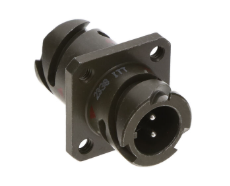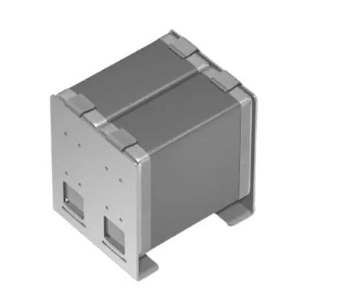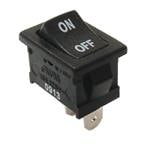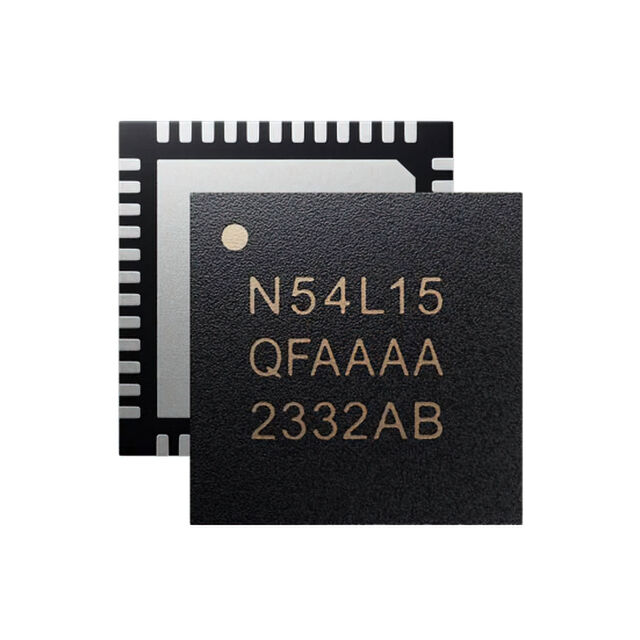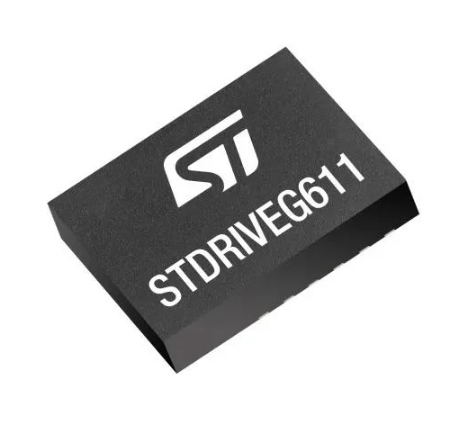The role of power electronics
Power electronics has become one of the most essential branches of electrical engineering in the modern world. As global systems continue to electrify, digitise, and decarbonise, power electronics provides the critical link between power generation, distribution, and consumption — enabling efficient, compact, and reliable control of energy in nearly every sector.
What makes power electronics essential?
Power electronics focuses on the conversion, control, and conditioning of electric power using semiconductor-based devices. Without it, modern electrical and electronic systems would lack the precision, efficiency, and flexibility required to meet current demands. Its importance is underpinned by three interrelated global trends:
- Electrification of transport and industry
- Integration of renewable energy sources
- Growth of digital and smart technologies
Enabling electrification
The transition from fossil fuels to electric systems relies heavily on power electronics. From electric vehicles (EVs) to electric rail systems and industrial automation, power electronics enables:
- Efficient motor control through inverters and variable speed drives
- Battery charging and energy management in EVs and grid storage
- Power conversion between AC and DC, and between different voltage levels
Electric drivetrains, for instance, would not be feasible without power electronics managing energy flow between the battery, motor, and regenerative braking systems.
Supporting renewable energy integration
Solar panels and wind turbines generate variable, often unpredictable outputs. Power electronics allows these sources to be integrated into the grid or used in standalone systems by:
- Converting DC to AC (inverters) for grid compatibility
- Managing MPPT (Maximum Power Point Tracking) to extract the most usable energy
- Providing voltage and frequency regulation to maintain grid stability
- Enabling energy storage systems to smooth out supply fluctuations
Without power electronics, renewable energy would be inefficient, unstable, and difficult to implement at scale.
Powering digital infrastructure
Data centres, telecommunications equipment, and consumer electronics all rely on efficient power conversion and regulation. Switch-mode power supplies (SMPS), powered by power electronic circuits, have made it possible to shrink the size of chargers, adapters, and electronic devices without compromising performance.
In addition, smart grids, industrial automation, and digital manufacturing all depend on power electronics to ensure energy is delivered where, when, and how it is needed — securely and efficiently.
Improving energy efficiency
One of the most important roles of power electronics is improving overall system efficiency. By enabling precise control over power delivery, it reduces losses in transmission and consumption. For example:
- LED lighting systems use power electronics for dimming and energy savings
- HVAC systems employ variable frequency drives to optimise compressor operation
- High-efficiency DC-DC converters reduce power waste in portable electronics
In a world seeking to reduce energy consumption and carbon emissions, these gains are not only valuable, but necessary.
Meeting the demands of electrified mobility
The rise of EVs and e-mobility solutions is driving rapid innovation in power electronics. Technologies such as:
- Onboard chargers
- DC fast charging
- Bidirectional inverters (supporting vehicle-to-grid)
These systems all depend on advanced power electronic systems to manage energy efficiently, safely, and at high power levels. In addition, the miniaturisation of components and thermal management techniques have enabled the development of compact, lightweight designs suitable for automotive environments.
Future outlook
Emerging technologies such as wide-bandgap semiconductors (e.g. Silicon Carbide and Gallium Nitride) are allowing power electronics to operate at higher frequencies, voltages, and temperatures — further improving efficiency, reducing size, and increasing reliability.
As the world continues to move towards smart, connected, and sustainable systems, the role of power electronics will become even more vital. Its integration with the Internet, AI, and Cloud-based control systems is already beginning to shape the future of energy management and distribution.


